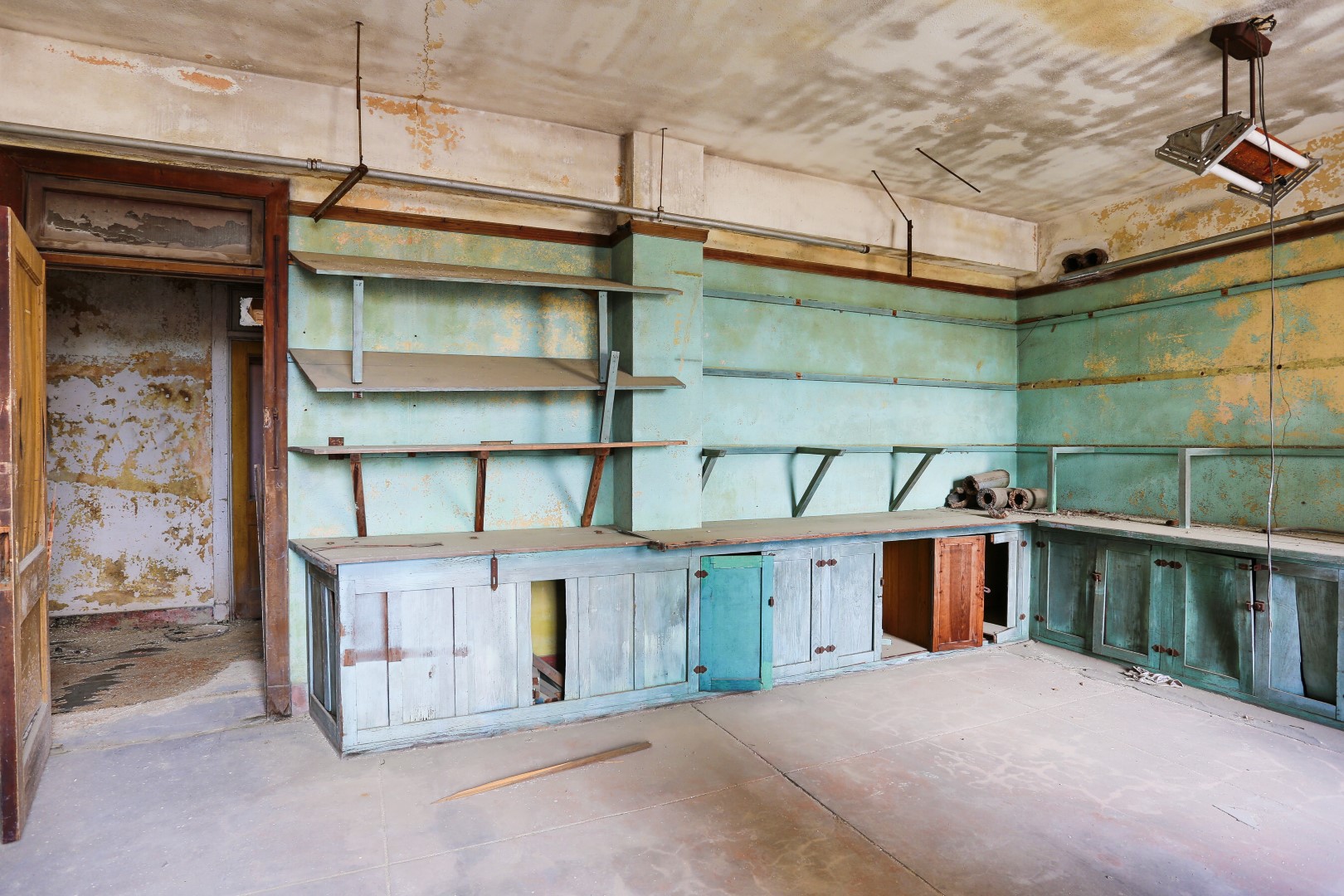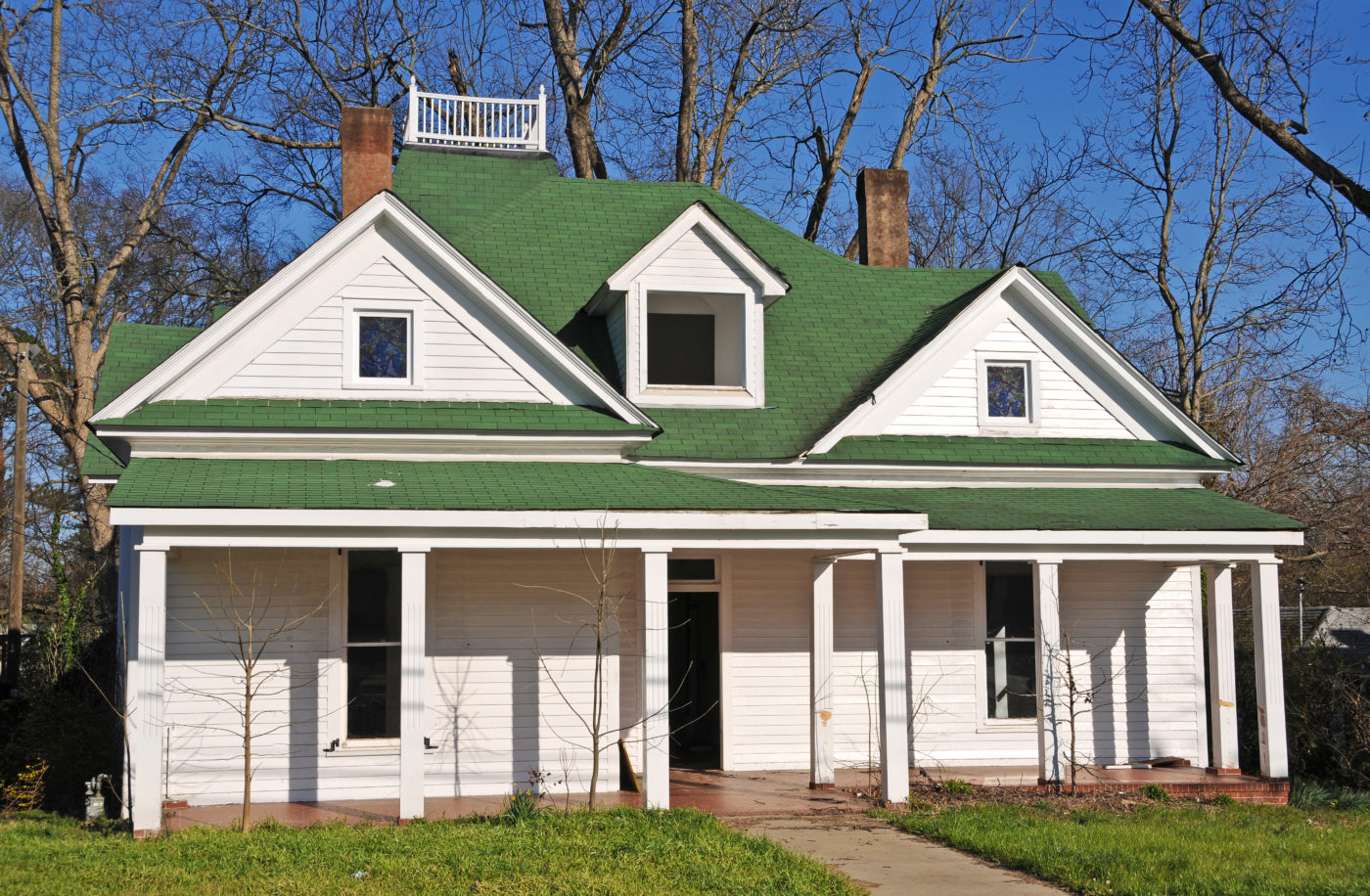One of the great dangers of our world that often gets overlooked is lead-based paint. Few people recognize it as a potential hazard, even though it has the potential to do serious harm if we unknowingly ingest too much of it. We can’t always avoid it, but it helps to know as much as possible about lead-based paint. Here are some important things to remember.
History
Any home built prior to 1978 may have been built with lead-based paint. While some states banned its use earlier, in 1978, the U.S. government made it illegal ingested into the body. The same is true for dust contaminated with lead that is breathed in. The body is capable of disposing of lead, but large volumes of it can lead to a problem, with children and each surface in your home.
More importantly, an inspector will also be able to spot any location where the paint is peeling or let you know if there’s a lot of human contact.
It’s also important to keep up with cleaning your house. Areas that are potential lead hazards should be cleaned with mops or damp towels, lead-based paint. Of course, for the sake of yourself and anyone else living in the house, you’d be wise to make the necessary repairs. However, if you are renting property to someone and they bring cracked paint to your attention, you are obligated to do their own renovations. That being said, performing renovations that involve lead-based paint in a safe manner is not easy. You may be wise to hire a contractor to handle the work. It should be noted that any person who is paid to perform renovations on lead-based paint must be properly trained and stay out of the work area. Even after work is done for the day, dust contaminated lead could still linger, potentially harming anyone breathing in the air.
To help keep bystanders safe, the whole area should be partitioned off using covered in thick plastic. This helps prevent any of these items from becoming contaminated with harmful paint or dust.
Finally, any workers must take steps to protect themselves while working. This includes wearing HEPA respirators to filter the air and disposable coveralls, shoes, and goggles. Any piece of clothing that’s exposed to the air should be disregarded afterward because it has been exposed to lead. You also need to avoid eating or drinking anything in the area where you’re working.
Conclusion
When it comes to a harmful substance like lead, simply knowing about it is part of the battle. It’s often overlooked as a hazard inside the home, but people living in older homes need to be aware of the risks. With a potential poison like lead, it’s always better to be safe than sorry.



